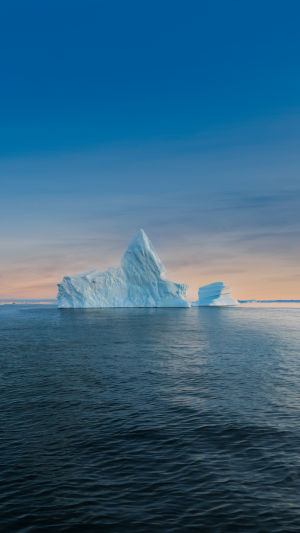Greenland is famous for its icy landscapes, yet it’s also a treasure trove of fascinating history and cultural richness.
Originally settled by the Norse in the 10th century, the island has seen centuries of Inuit, Scandinavian, and Danish influence, making it a unique blend of cultures.
While the massive ice cap covers about 80% of the land, the Greenlanders have embraced this icy wilderness with incredible resilience, establishing small towns and communities across the coasts. Let's discover something more together!
<h3>A Chilly Welcome in Nuuk</h3>
Greenland’s capital, Nuuk, offers a taste of local life and culture with a side of dramatic scenery. As you wander through the town, you’ll spot colorful houses against the stark white backdrop - a favorite sight for photographers. Here, you can visit the Greenland National Museum, which houses exhibits on local history and culture, including a few rare artifacts from the Viking period. Just be ready for a price tag: staying in Nuuk isn't cheap. A night in a budget hostel averages $130, while mid-range hotels cost about $200 per night. But the local atmosphere and sweeping fjord views make it worthwhile.
<h3>Icebergs Galore in Ilulissat</h3>
Ilulissat, Greenland’s famous iceberg capital, is another must-see. Located near the Ilulissat Icefjord - a UNESCO World Heritage Site - this town is where you’ll witness immense icebergs breaking off into Disko Bay, an awe-inspiring sight! Boat tours, available for around $100, offer the best perspective on these floating giants and often include whale-watching opportunities. Hiking along the icefjord’s marked trails is free and gives you breathtaking views, but pack layers: the Arctic chill is no joke!
<h3>Northern Lights: A Year-Round Phenomenon?</h3>
Contrary to popular belief, Greenland offers Northern Lights viewing opportunities beyond the usual September-April season. Dark, clear nights are key, so if you visit outside of summer’s midnight sun, you’ll still have a chance at spotting the lights. The town of Kangerlussuaq, with its clear skies, is a prime spot for Northern Lights seekers, with some tours priced around $100. While it’s possible to DIY, going with a local guide increases your chances of finding the best viewing areas.
What On Earth Is Greenland?🇬🇱
The Geography Bible
<h3>Getting Around Greenland</h3>
Traveling within Greenland is an adventure itself, as there are no roads connecting towns. Most visitors rely on boats, planes, and even helicopters to get from one place to another. If you’re exploring more than one town, flights are pricier (about $200+ each way), while boats are a bit more affordable, though they take longer. Consider signing up for Air Greenland’s newsletter for potential discounts, especially if you’re flexible with travel dates.
<h3>Essential Packing Tips for the Arctic</h3>
Packing for Greenland is all about layers. Wool base layers, insulated jackets, and waterproof outerwear are essential for comfort in Greenland’s unpredictable weather. In summer, you might encounter mosquito swarms - yes, even in the Arctic! - so a mosquito net and insect repellent are wise additions to your kit. For winter months, consider a headlamp, as the long Arctic nights can limit visibility. And don’t forget sunglasses, as the snow glare can be surprisingly intense.
If you’re thinking about heading to Greenland, prepare for some sticker shock, but know it’s worth every penny. Book accommodation early, and if you want to explore multiple regions, budget for flights and boat rides. Greenland is a place where planning pays off - both in safety and in maximizing your experience. And as a final piece of advice: remember to let someone know your itinerary. Greenland’s wild beauty can be as unpredictable as it is breathtaking, and you’ll want to be prepared for every bit of it!





